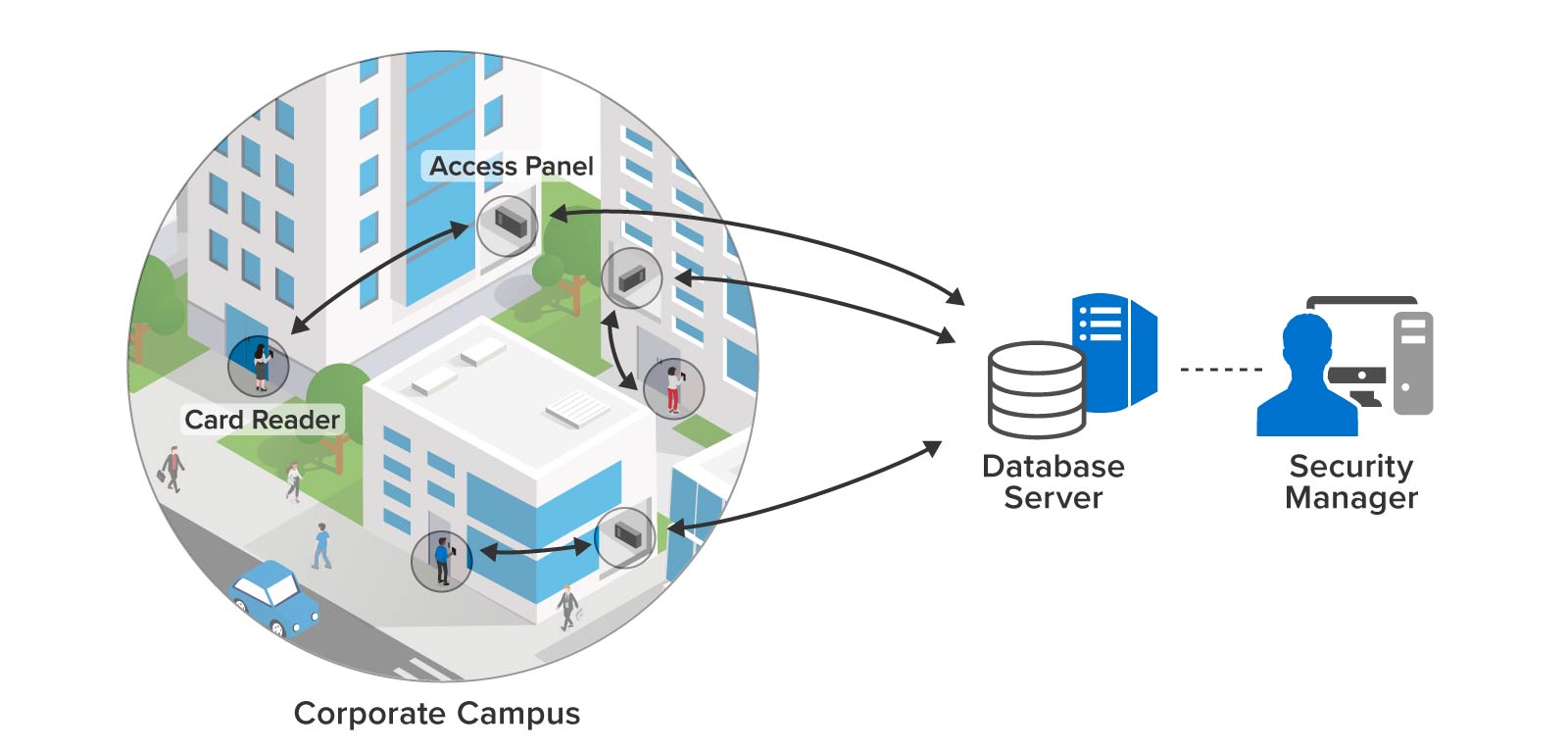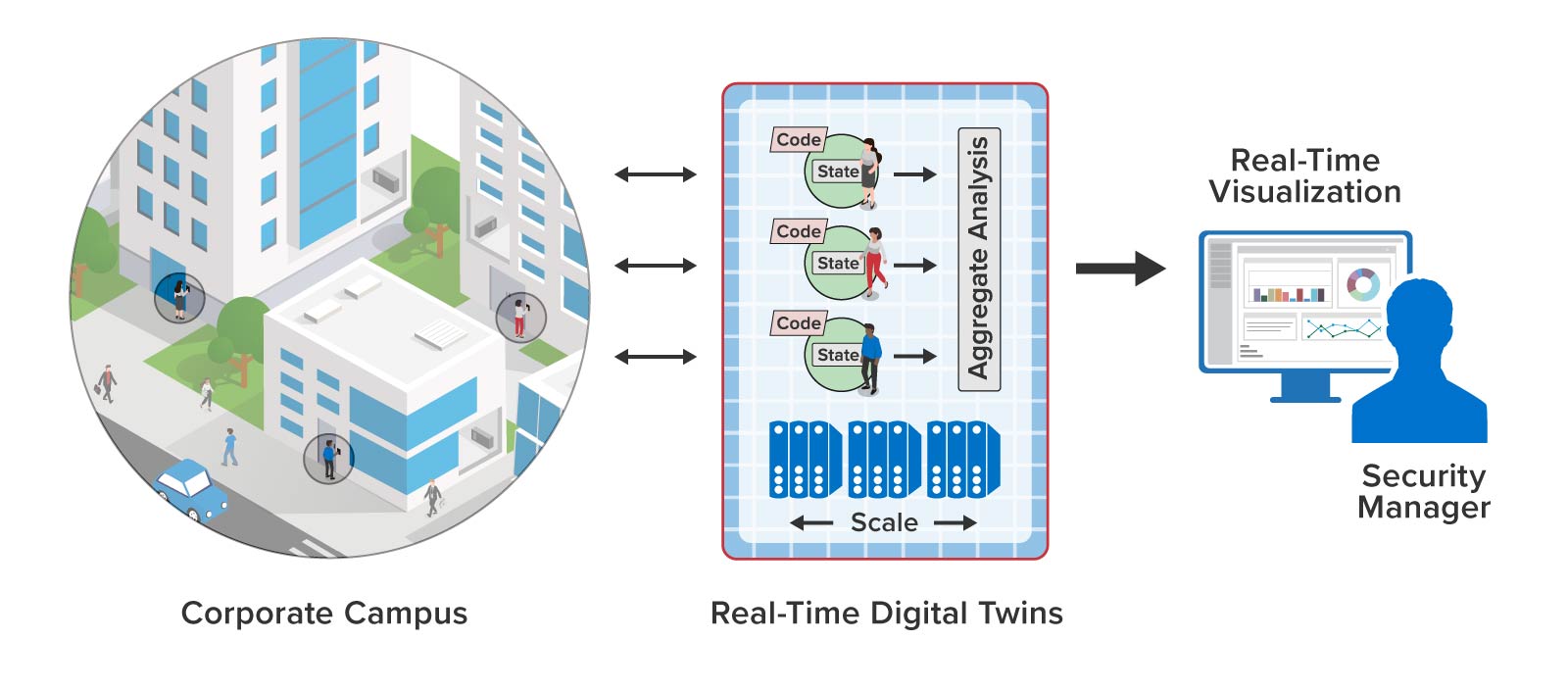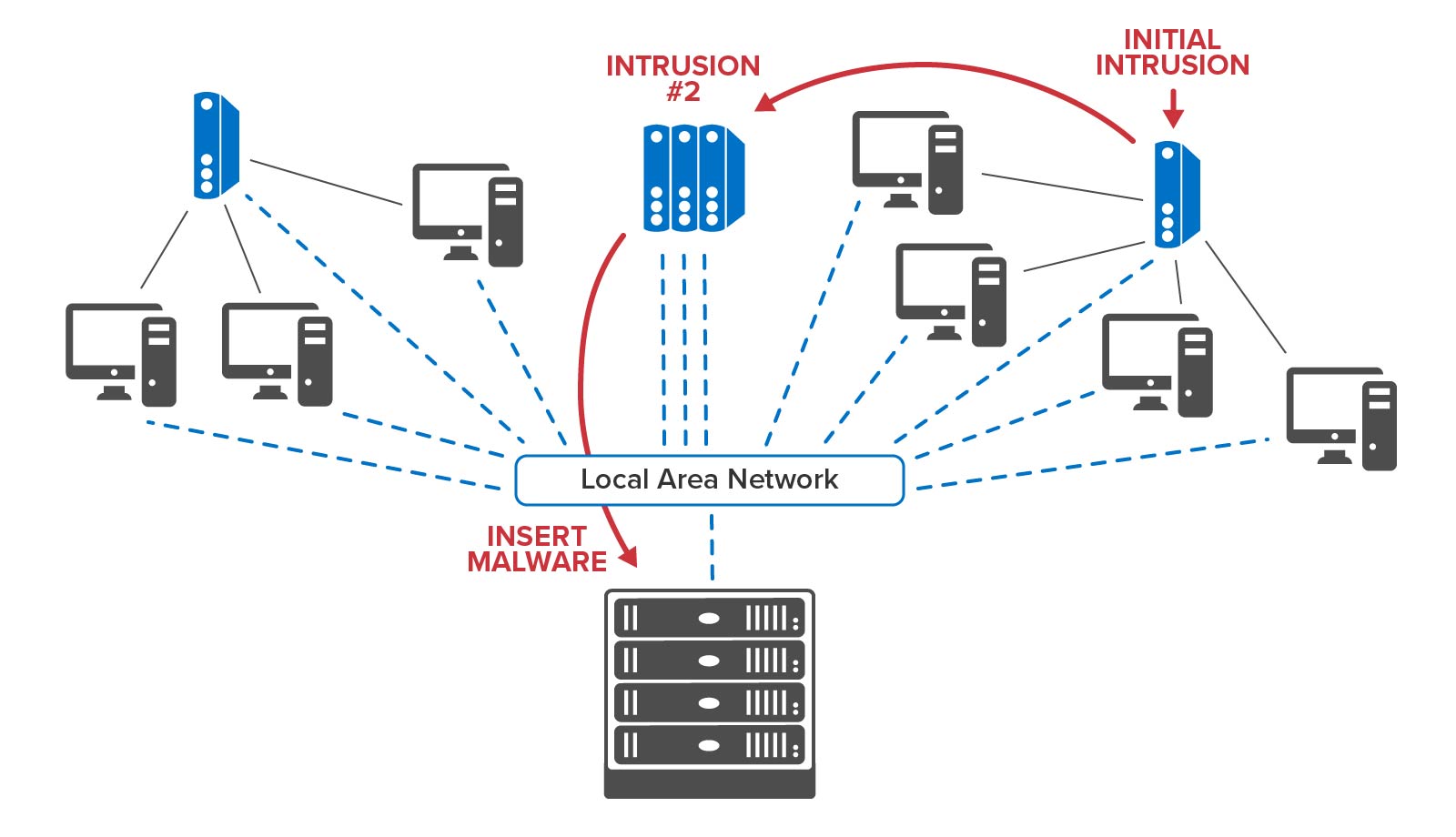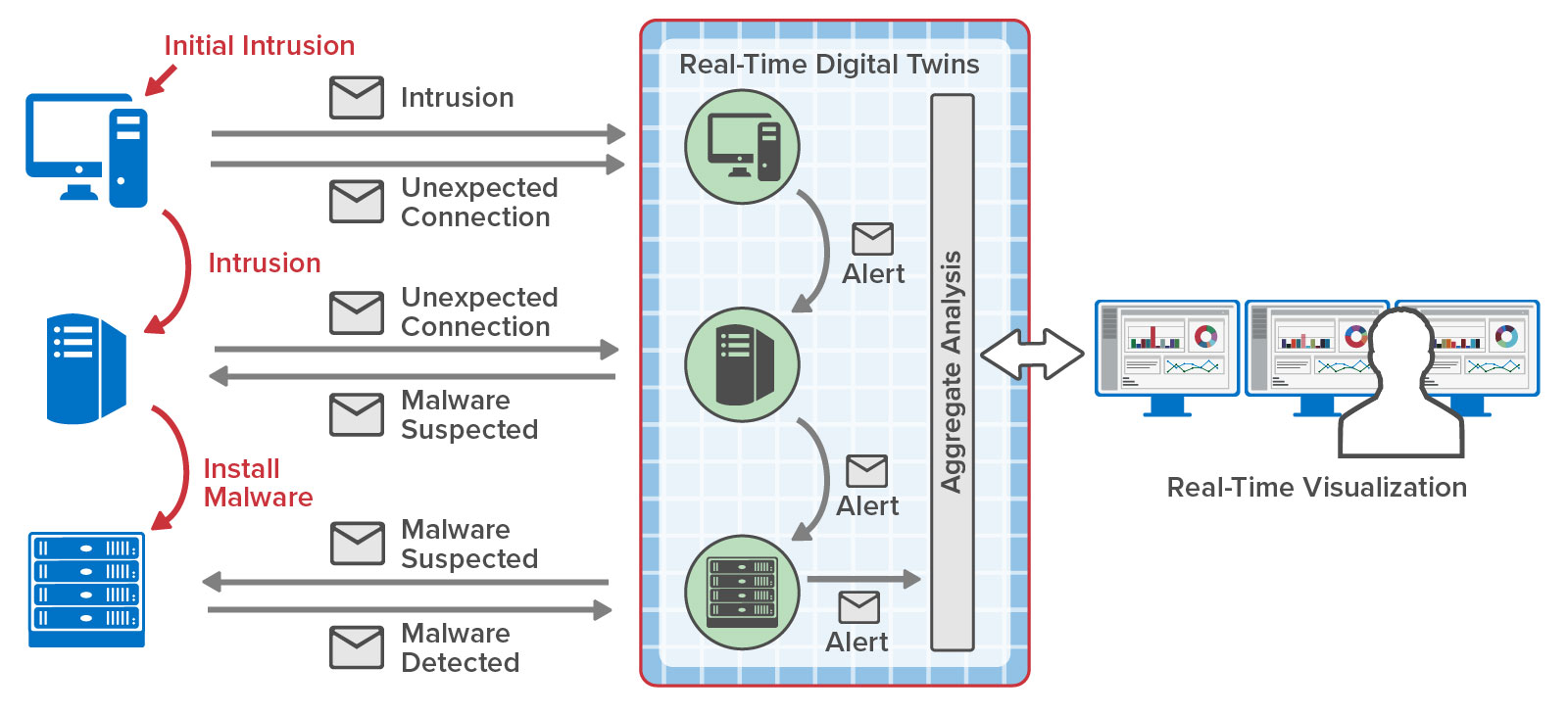
In-Memory Computing with Real-Time Digital Twins Offers the Intelligence, Responsiveness, Agility, and Scalability that Security and Safety Systems are Missing
Today’s physical and cyber security systems need to quickly detect and respond to unauthorized intrusions. However, these systems typically do not take advantage of in-memory computing techniques to help them immediately assess threats and generate alerts. In-memory computing with real-time digital twins offers a powerful new tool to address these challenges. Because these software components independently analyze telemetry from each data source and maintain dynamic contextual information, they can immediately spot unwanted intrusions and generate alerts. Let’s take a look at how they can add value.
Physical Security and Safety
Consider physical security with key card access control used by countless businesses and industries. Key card access control systems rely on database servers in the back office to authorize key cards for specific card readers and to log usage. As illustrated below, this information propagates to field access panels in the buildings to minimize delays in authorizing access. However, making changes usually requires manual database updates and may take minutes or longer to propagate throughout the system.

More importantly, subtle patterns of unauthorized access may escape the attention of security personnel and require a review of the logs to detect. For example, an employee who has given notice of resignation may unexpectedly visit buildings or laboratories that were not part of the employee’s known scope of work. Another employee might be put at risk by attempting to enter a hazardous laboratory without having completed the required training. An exit door might record an unusual pattern of entries outside of business hours. In all of these situations, quick detection and response could avoid unwanted intrusions or safety lapses.
To enable immediate alerting, real-time digital twins (RTDTs) can be used to track every key card and key card reader. Since each key card is associated with a specific employee, the RTDT can track that person’s individual authorization to access buildings, entry doors, laboratories, etc. It also can track employment status and level of training to help assess safety issues. This information can be immediately updated by sending a message to the RTDT whenever the employee’s status changes. With this contextual information, each RTDT can implement highly granular access permissions at the card readers while checking authorization within several milliseconds. It also can track the employee’s and entry point’s usage patterns to look for unusual situations that should be alerted.

In a typical interaction, the key card reader sends a message to the employee’s key card RTDT with the reader’s identifier and time of day. After analyzing the request and tracking usage patterns, the key card RTDT responds with an authorization reply to the reader. The RTDT also sends a message to the reader’s RTDT to enable it to track usage and generate alerts as necessary, as illustrated below:

Cyber Security
Security information and event management (SIEM) software logs activities, such as user logins, failed attempts, and potentially malicious events so that security managers can detect and prevent or remediate possible intrusions. Typical SIEM software lets managers create and apply rules to event logs to extract information that should be alerted, such as identification of a chain of activity (“kill chain”) that leads to injection of malware or other malicious actions. Dashboards show managers raw telemetry, such as the number of potentially malicious events by region or events recorded over time. The forensic analysis of logs and display of large volumes of aggregated telemetry make it difficult for managers to spot and mitigate emerging kill chains, such as a chain of intrusions within a corporate infrastructure leading to an exploitation:

By hosting event tracking in memory with contextual information and by reacting within milliseconds to potential threats, RTDTs can help accelerate the detection and interruption of cyber kill chains. Many SIEM platforms maintain software agents distributed throughout an organization’s IT infrastructure to report suspicious events that could signal a possible intrusion. Instead of just feeding these events to a dashboard and to a log for analysis, they can also be reported to an RTDT for each agent. Each RTDT can immediately run a machine learning algorithm to classify activity and signal alerts when a threat is predicted. Moreover, if an agent’s event includes information about an outbound connection to another node in the network, the RTDT can send a message to that node’s RTDT to enrich its context and assist in detection of a potential kill chain. By dynamically sending messages to and among RTDTs that attempt to track the progression of an intruder within a network, RTDTs can build a real-time map of potential kill chains and possibly get ahead of the intruder to block threats.
The following diagram illustrates the use of RTDTs to map the progression of incoming threats as they migrate among nodes of an organization’s infrastructure:

Summing Up
Physical and cyber security systems, as well as safety systems, require simultaneous, real-time assessment of numerous interactions in the context of allowed and expected usage patterns. Instead of relying on today’s offline computing techniques and forensic analysis to perform the bulk of the work, these systems can dramatically boost their effectiveness by employing next generation in-memory computing techniques, such as real-time digital twins. This software architecture offers a highly attractive combination of intelligence, agility, responsiveness, and scalability to meet the ever-increasing challenges faced by today’s security and safety systems.
